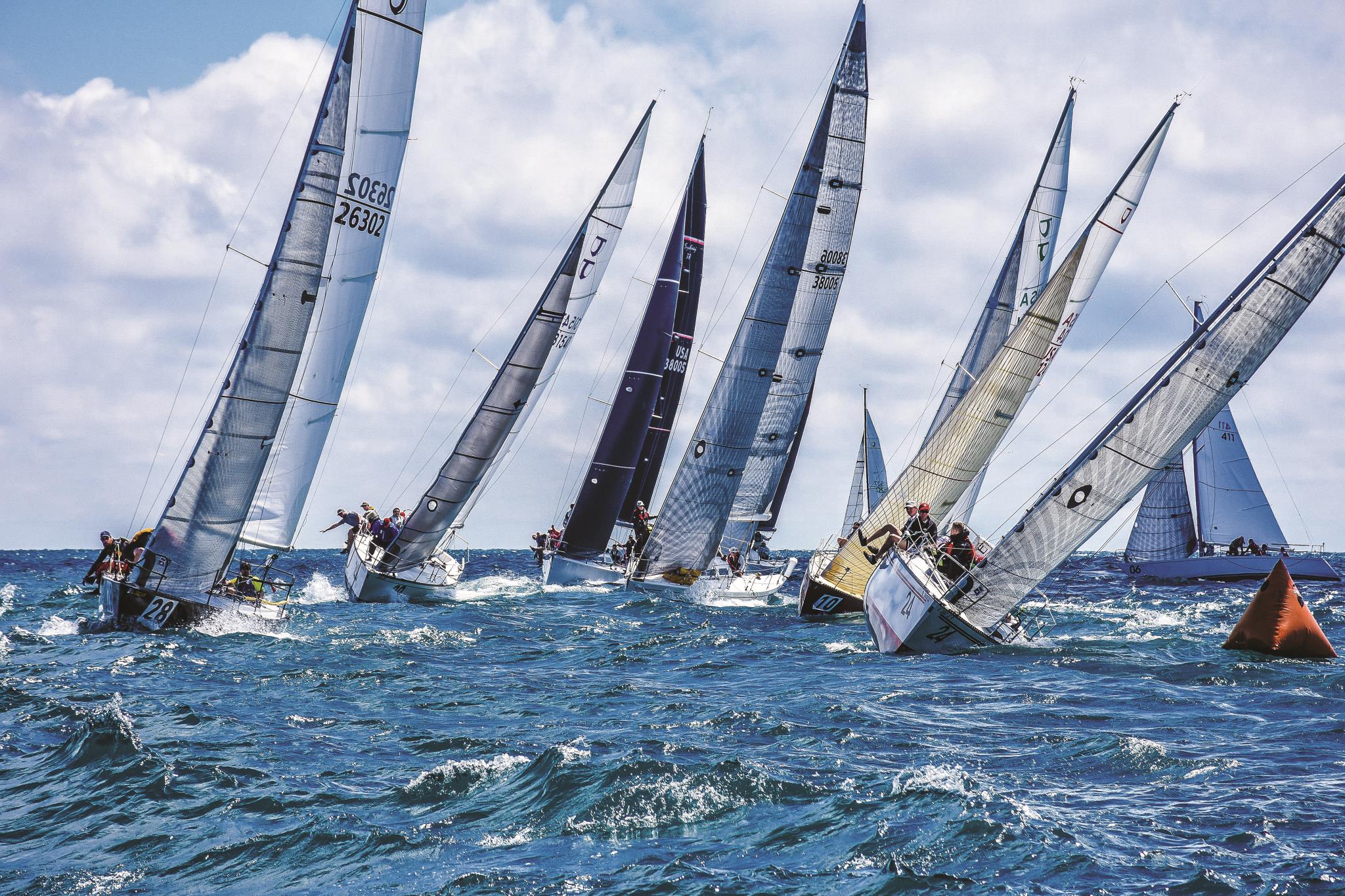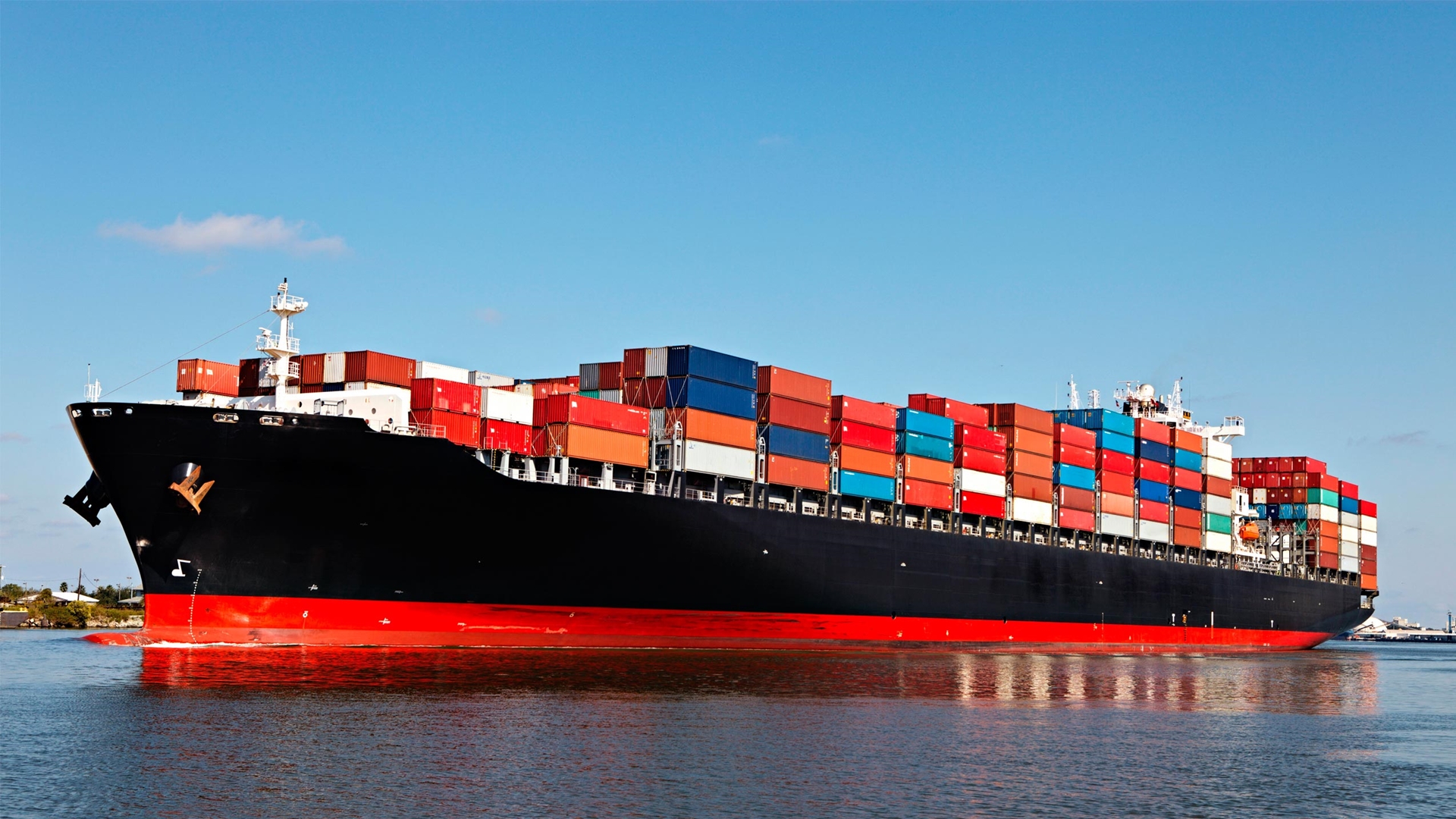Yacht racing is one of the most prestigious and exhilarating competitive sports in the world, where skill, strategy, and speed meet on the open water. With a history dating back centuries, it has evolved into a global spectacle, captivating sailors, spectators, and enthusiasts alike. From local regattas to the prestigious America’s Cup, yacht racing showcases the cutting-edge of sailing technology and human prowess, combining athleticism, engineering, and tactical acumen.
In this article, we will explore the history of yacht racing, the different types of races, the key components involved, and the essential skills required to compete in this exciting sport.
History of Yacht Racing
Yacht racing has its roots in the early 17th century. The term “yacht” itself is derived from the Dutch word jacht, meaning “hunt” or “chase.” Initially, yachts were light, fast vessels used by the Dutch navy to chase pirates and other enemies along the coastline. Over time, these vessels were adapted for recreational purposes, and racing became a natural extension of their design.
The first recorded yacht race was held in 1661, in England. However, it wasn’t until the mid-19th century that yacht racing became formalized, with established rules and organized competitions. The Royal Yacht Squadron in the UK and the New York Yacht Club in the United States were among the pioneers of modern yacht racing.
One of the most famous and prestigious events in the sport’s history is the America’s Cup, which dates back to 1851. The event pits the best yacht clubs from around the world against each other, and its winner takes home the coveted trophy. It is considered the pinnacle of yacht racing and has a legacy of innovation in yacht design and technology.
Types of Yacht Racing
Yacht racing can take many forms, each with its own set of rules, challenges, and appeal. The types of yacht races are often categorized based on the course, distance, and type of yacht being used. Here are the primary categories:
1. Inshore Racing
Inshore yacht racing is typically held in relatively protected waters such as bays, harbors, or around coastal areas. Races are usually short and involve multiple laps or a series of marker buoys that boats must navigate through. These races are fast-paced, requiring precise maneuvers, quick tacks, and strategic thinking.
- Famous Events: Fastnet Race, Sydney-Hobart Yacht Race (which starts in Sydney and finishes in Hobart, Tasmania).
2. Offshore Racing
Offshore racing involves longer distances, often spanning hundreds or even thousands of nautical miles. These races take place in open ocean, with boats navigating through unpredictable weather conditions and challenging seas. Offshore racing requires endurance, careful navigation, and the ability to adapt to changing conditions.
- Famous Events: Transatlantic Race, Vendee Globe, Rolex Fastnet Race.
3. Match Racing
In match racing, two yachts compete head-to-head, typically in a series of short races. This format tests the skill of the sailors in direct competition, as each boat tries to outmaneuver the other. Match racing is especially known for its tactical and strategic elements, as each boat tries to gain an advantage at every turn.
- Famous Events: America’s Cup (though it has evolved into a multi-team event, its roots are in match racing).
4. One-Design Racing
In one-design yacht racing, all competitors sail identical boats, ensuring that the race outcome is determined solely by the skill of the sailors and their team. The emphasis is on tactical maneuvering, speed, and timing. This format is popular because it eliminates disparities in yacht design, allowing for a purer test of sailing ability.
- Famous Events: Soling World Championships, J/24 World Championships.
5. Multihull Racing
Multihull racing involves yachts with more than one hull, such as catamarans and trimarans. These boats are known for their speed, stability, and agility. The races can be inshore or offshore, but multihulls are especially suited for high-speed, offshore racing, as their lighter construction and wider beam allow them to achieve impressive speeds.
- Famous Events: The Route du Rhum (a solo transatlantic race for multihulls).
Key Components of Yacht Racing
Successful yacht racing requires more than just a fast boat. There are several key elements that contribute to victory:
1. The Yacht
The yacht is, of course, the most crucial component of any yacht race. Racing yachts come in many different forms, with various designs, sizes, and construction materials. There are single-hull yachts, multihulls (catamarans and trimarans), and specialized boats designed for certain types of races. The materials used in modern racing yachts include lightweight composites like carbon fiber, allowing for greater speed and strength.
- Key Features: A well-maintained, fast yacht is vital for success. The sail configuration, hull design, and weight distribution are all critical factors that impact speed, maneuverability, and stability.
2. Sails
Sails are another essential component of yacht racing. In most cases, yachts are equipped with multiple sails that allow sailors to adjust their speed and direction based on the wind conditions. Different types of sails include mainsails, jibs, spinnakers, and genoa sails. Skilled sailors must adjust the sails in response to changing wind speeds and directions.
3. The Crew
The crew is a vital element of yacht racing. A racing crew typically consists of a helmsman (who steers the boat), a navigator (who plots the course), and a team of sailors (who manage the sails, rigging, and other boat systems). The coordination, skill, and communication among the crew are crucial to achieving optimal performance.
- Key Roles:
- Helmsman: Steers the boat and makes decisions regarding tacking and jibing.
- Tactician: Helps the helmsman make decisions based on the race’s conditions and the other boats.
- Trimmers: Control the sails to maximize boat speed.
4. Wind and Weather
Sailboat racing is heavily influenced by wind conditions. Understanding wind patterns, currents, and weather forecasts is essential to a sailor’s success. Racecourses are typically designed to take advantage of prevailing wind conditions, but competitors must remain adaptable to shifts in wind speed and direction.
- Key Strategies:
- Tacking: Changing the direction of the boat by turning its bow through the wind.
- Jibing: A maneuver where the stern passes through the wind to change course.
5. Tactics
Tactics play a crucial role in yacht racing, especially in close-race situations. Sailors must read the wind, anticipate other boats’ movements, and plan their maneuvers well in advance. This can involve strategic positioning, starting at the right moment, or exploiting the wind’s changes to gain an advantage.
The America’s Cup: The Pinnacle of Yacht Racing
No conversation about yacht racing would be complete without mentioning the America’s Cup. The oldest international sporting trophy, it is awarded to the winner of a series of match races between two yachts, each representing a yacht club. The America’s Cup has inspired innovation in yacht design and the development of cutting-edge sailing technology.
Over the years, the competition has evolved from the humble 1851 race between the schooner America and a British fleet to the high-tech, multi-million-dollar events of today. Teams from around the world now employ sophisticated designs, advanced materials, and expert tacticians to compete for the coveted trophy.
Skills Required for Yacht Racing
To succeed in yacht racing, competitors need a mix of physical endurance, technical knowledge, and mental focus:
- Sailing Technique: Knowledge of sail handling, wind reading, and tactical maneuvering is essential.
- Physical Fitness: Racing often involves long hours on the water and can be physically demanding. Crew members must maintain strength and stamina.
- Mental Toughness: Quick decision-making, staying calm under pressure, and strategic thinking are key to navigating changing conditions during a race.
- Teamwork: Yacht racing is a highly collaborative sport. Effective communication and trust within the crew can make the difference between winning and losing.
Conclusion
Yacht racing is an exciting, fast-paced sport that tests sailors’ skill, knowledge, and teamwork. Whether you’re watching a thrilling America’s Cup match or participating in a local regatta, the world of yacht racing is full of dynamic challenges and rewarding experiences. As technology continues to advance, the sport evolves, bringing new levels of speed, precision, and excitement to sailors and fans alike. If you’re passionate about the water, speed, and strategy, yacht racing offers an unrivaled opportunity to experience the best of competitive sailing.





